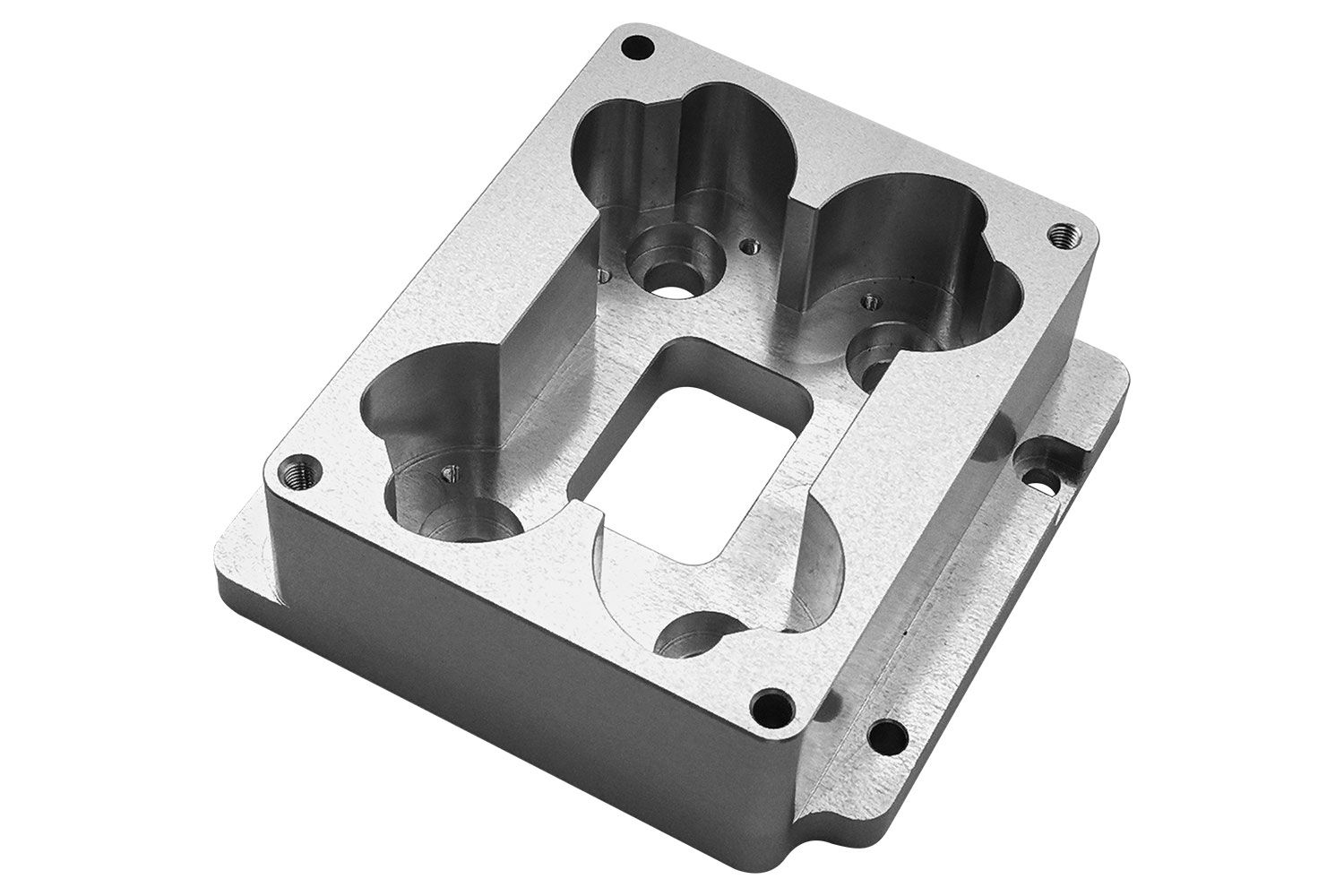Time to read: 6 min

CNC drilling is a computer-controlled subtractive manufacturing technique that creates precise holes in materials such as wood, metal, plastic, and composites. This process has evolved from manual operations to an automated method that enhances efficiency and accuracy, catering to complex multi-spindle operations and simple single-hole tasks.
Understanding CNC Drilling
CNC drilling is distinguished by its use of a rotating drill bit that creates round holes in a stationary workpiece. The process is automated through programmed code, ensuring consistent hole creation with high precision.
Advantages of CNC Drilling
- Precision and Accuracy: Achieves tight tolerances, making it suitable for various industries.
- Increased Efficiency and Productivity: Minimizes human intervention and reduces errors, leading to faster production times.
- Ability to Handle Complex Tasks: Versatile enough to handle drilling tasks of varying sizes and depths.
Step-by-Step CNC Drilling Procedure
- Workpiece Geometry Creation: Design using CAD software, detailing hole locations, sizes, and depths.
- Drilling Cycle Selection: Choose from G73, G81, or G83 cycles based on hole depth and requirements.
- Tool and Tool Holder Choice: Select appropriate drill bits and holders considering material and application.
- Tool Parameters Determination: Input tool specifications into the CAM system for precise operation.
- Machine Setup: Secure the workpiece and mount tool bits properly.
- Programming the CNC Machine: Generate G-codes using CAD/CAM software for automated setup.
- Drilling Process: The machine follows programmed paths for accurate drilling.
- Quality Check and Post-Processing: Inspect for accuracy, perform finishing tasks as required.
Key Components of a CNC Drilling Machine
- Control Panel: Interface for command input and machine monitoring.
- Spindle: Holds and rotates the drill bits, adjusting speeds and torque.
- Drill Bits: Cutting tools designed for different materials and applications.
- Table/Worktable: Surface for placing and securing workpieces.
- Axes and Motors: Control machine movement along various axes for precise positioning.
- Coolant System: Supplies coolant to reduce heat and friction.
- Tool Changer: Automated system for tool changes without manual intervention.
- Frame and Base: Structural components for stable operation.
- Chip Conveyor or Collection System: Removes and collects debris from drilling.
- Sensors and Calibration Instruments: Monitor performance and ensure precision.
Types of CNC Drilling Machines
- Multiple Spindle Drilling Machine: For components with multiple or closely spaced holes.
- Micro Drill Press: Known for accuracy, suitable for high-tolerance applications.
- Upright CNC Drill Press: Robust for heavy and oversized components.
- Radial Arm CNC Drill Press: Moveable spindle for various part sizes and shapes.
- Turret-type Drilling Machine: Rotary tool holder for operations needing regular tool changes.
- Gang Drilling Machine: Multiple independent work heads for sequential operations.
Applications of CNC Drilled Components
CNC drilling is vital in industries such as automotive, aerospace, electronics, medical devices, industrial machinery, energy sector, and consumer products, where precise holes are required for assembly and functionality.
Starting a CNC Drilling Project with Unofactory
Unofactory offers customized drilling services for complex, high-tolerance holes in various materials. Experience a seamless service with instant quotes and a free DFM analysis by skilled engineers.
Differences Between CNC Milling and CNC Drilling
CNC milling shapes material by moving a cutting tool across it in multiple directions, while CNC drilling focuses on creating holes with a rotating tool bit moving in a single direction.
Differences Between CNC Lathes and CNC Drilling
CNC lathes are for turning operations where the workpiece rotates and the cutting tool is stationary, used for profiling, threading, and shaping cylindrical or spherical objects. CNC drilling creates holes with a rotating drill bit and a stationary workpiece.
FAQs
- CNC drilling is highly accurate, suitable for precision drilling in various applications.
- Straight holes can be achieved by centering the drill and using rigid fixtures.
- Threaded holes require separate tapping operations after drilling.
- CNC drills can handle depths up to 5 times the diameter under normal conditions.




